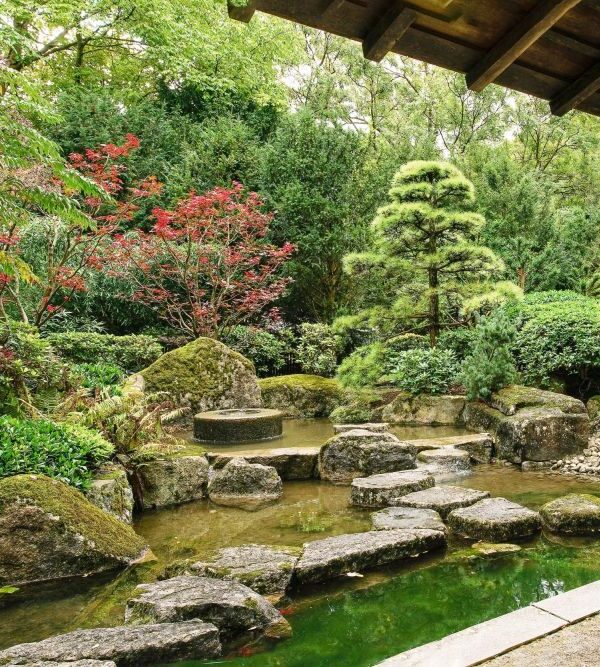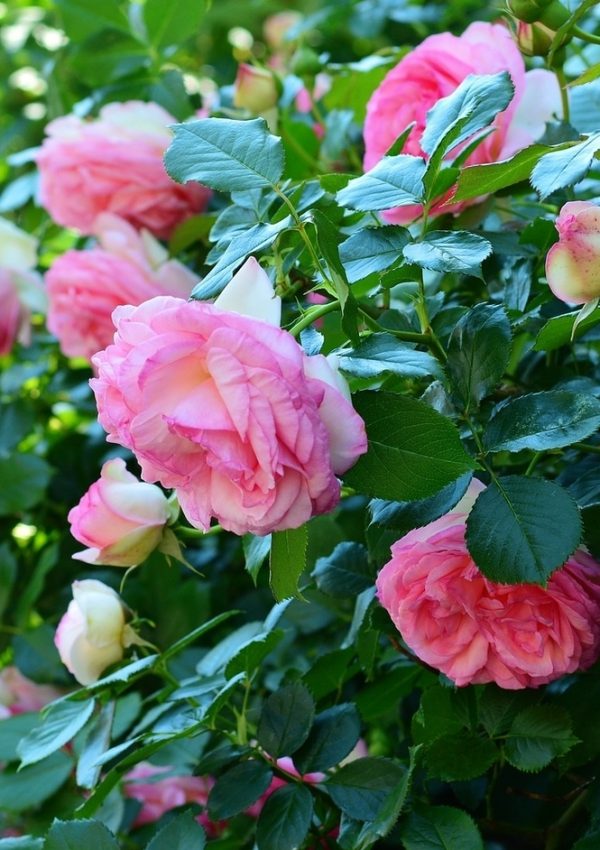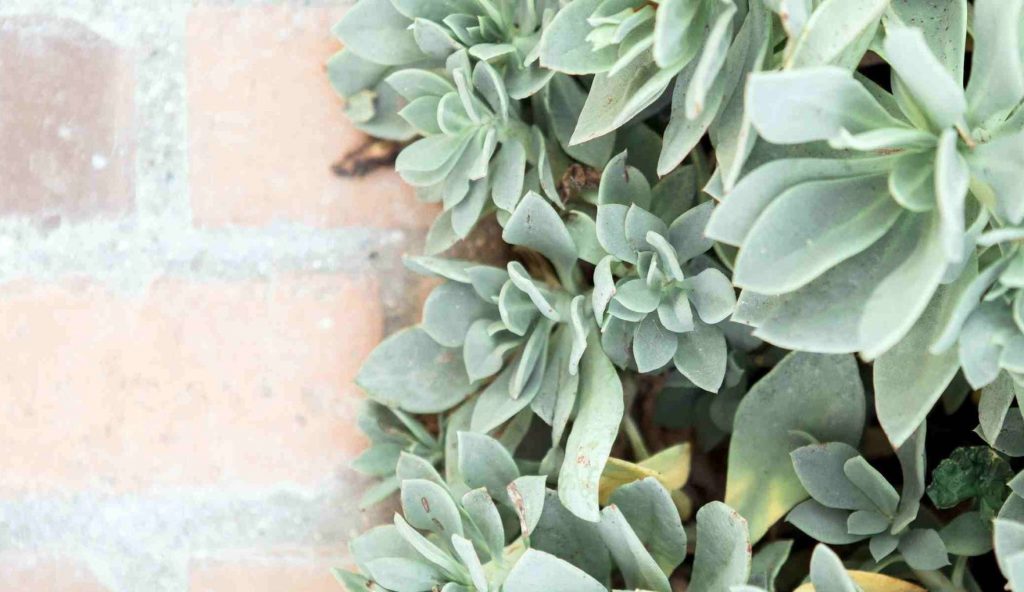Have you ever thought to grow blueberries in pots? Well, they are great fruits that you will never regret planting. You will always feel happy while eating them.
Blueberries are sweet, small, dark blue fruits and make very lovely smoothies when blended. To your surprise, these berries can grow in pots, and when they continue to flourish, you can transfer them outside.
Blueberries are known to reduce the risk of getting heart diseases and cancer.
You can start with growing blueberries and other nutritious vegetables, fruits, and organic food in the pot at home. And add them into your daily diet, this will prevent you and your family from falling sick easily.
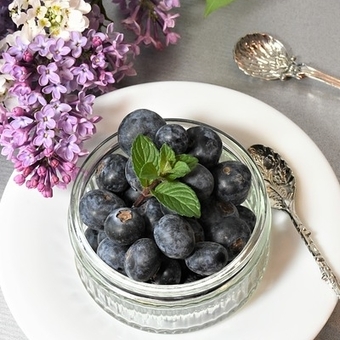
What to consider before growing potted blueberries?
1. Acidic soil to grow blueberries
You will need suitable soil to grow your blueberries. For starters, get some soil that has a pH of 5. Any pH lower than four or above seven will result in zero harvests or nutrient deficiency evident from the leaves.
In any case, after a while, you notice your pot blueberries are sickly (yellow leaves and light green stems). It means that they are suffering from iron chlorosis. In other words, the plants lack iron, and that there’s too much alkaline from the potting soil. To resolve this, spray the plant with some ammonium sulfate (liquid iron) every year.
During the transplant, ensure you lower the soil’s alkalinity by mixing the potting soil with a pH below 6 and peat moss. Also, measure the pH level at least 4 seasons. If the alkalinity has lowered, then add some ammonium sulfate. In addition, apple cider treatment ensures alkalinity is in abundance.
2. Lighting
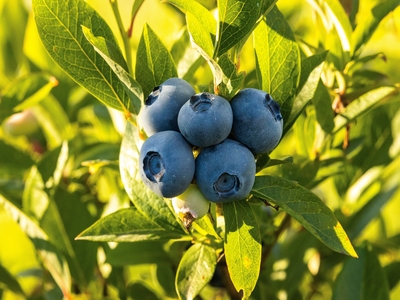
Position your blueberry pots where there are 7-8 hours of continuous, direct light from the sun. Sunlight helps to ensure the plants grow well. Blueberries grow well in partial to full sun. This will help you to get great blueberry yields.
The number of berries produced is normally predetermined by the amount of light received. Just like most fruits, adequate sunlight leads to more yields.
3. Drainage
Without proper drainage in your pots, the soils will get soggy. Poke enough drainage holes in the pots; preferably drill holes at the sides and bottom.
Add some pebbles at the bottom and sand on top in the potting mix to prevent clogging.
4. Climate Change
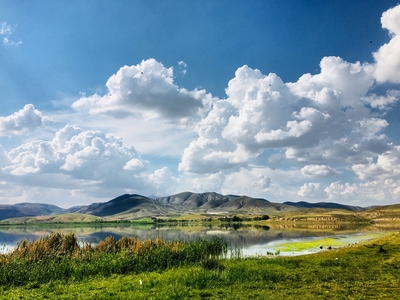
If you stay in arid areas, it’s advisable to pot some tropical plants close to your berries. This can include the Acai palms, rabbiteye, etc., which have a unique nutritional profile.
The berries need some hours to chill, which is a very vital process for them. What do chill hours mean? These are the cold periods nuts/berries require before they can start putting fruits. So ideally, blueberries need approximately 300-700 hours before fruits start yielding.
5. Watering
The soil you intend to grow your berries in should be moist. Come up with a watering routine and strictly stick to it. For example, if you decide to use a gallon of water two times weekly, stick to that routine.
The water must reach the bottom of the container. If you’re using tap water, ensure you increase the acidity of your soil too annually.
Instead of the typical tap water, you can use rainwater. If you run out of collected rainwater, you can still use the tap water, but let it dissipate for 24 hours before use.
6. Containers
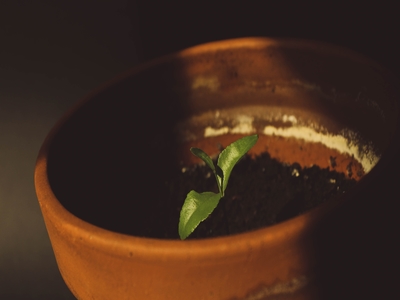
The berries need enough space to do well. Use wider plastic containers since blueberry roots grow horizontally. More space enhances the growth of the blueberries.
However, try to use containers or pots that will allow the blueberries to extend their roots adequately. If there is no room for expansion, the roots and stem won’t function properly.
7. Fertilizers
Too much fertilizer is wrong for any plant. As for the blueberries, minimize the urea application; otherwise, you will reap bushy plants with no harvest.
However, you can always choose organic fertilizers like seaweed, fish meal, grounds from fresh coffee, apple cider vinegar, and magnesium and phosphorus. Additionally, you can use insecticidal soap to keep away some harmful bugs.
How to grow blueberry from the seed in the pot?
Step #1: In a large container of 13-18″ depth with drainage holes, mix peat moss, pine bark, and sand. This mix gives the soil that acidic pH it needs.
Step #2: Use sand or acid-loving plants like azaleas. Sand is suitable for this plant because it provides an appropriate drainage system for the plants.
Step #3: If you must use fertilizers, you can put in a minimum amount annually. However, organic nutrients are the best.
Step #4: Slowly sprinkle a layer of blueberry seeds on top of the soil. Moreover, spread milled peat on the seeds so that they are merely covered to keep them moist.
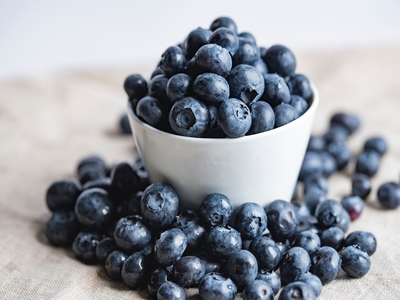
Step #5: Now place the nursery outdoors and cover each container with newspaper sheets. The temperature has to be constant as you take note of the germinating seedlings.
Step #6: In a month, check if the seedlings have sprouted and separated the strongest from the weak ones. Keep the seedlings that are growing in vigor and water them at least twice per week.
Step #7: As soon as your fruits ripen, you have to protect them from birds and pests by isolating them. Using nets to cover is the most effective and durable method.
When to transplant blueberries into your garden?
Do you know when the right time to transplant blueberries outside is? Early to Middle Spring is the best time to plant blueberries outside. Although late fall in cold places can also work.
Ideally, December and January are the best months to transplant your blueberries. This time is more convenient because of the dormancy present during this winter period.
However, farmers in more cold regions have to wait till the beginning of early spring. This is when the ground has thawed and can do planting in the next year.
Planting hybrids in the early, mid, and late seasons extends the yield and offers a range of acidic, tart, spicy, and juicy berries. It’s okay to grow the plants in your home or buy the 1-3-year-old bush. If you’re buying, ensure it’s from a trustworthy website or nursery store.
Enjoy your blue berries large harvest!
Remember that berries are acidic. Follow the tips highlighted above if you want a healthy and bountiful harvest. Know which soil to use, and regularly test it to see what you’re missing.
All those factors to consider before growing blueberry seeds are vital. Climate, water quantity, fertilizers, soil alkalinity, are some of the tips to help you kick start your blueberry planting. You wouldn’t want to kill your bush before it grows to maturity. Regular intake of blueberries will help boost your immunity, reduce heart diseases, and cancer.
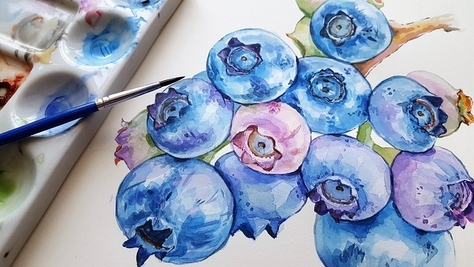
Picture Courtesy: Pixabay.com and Unsplash.com

